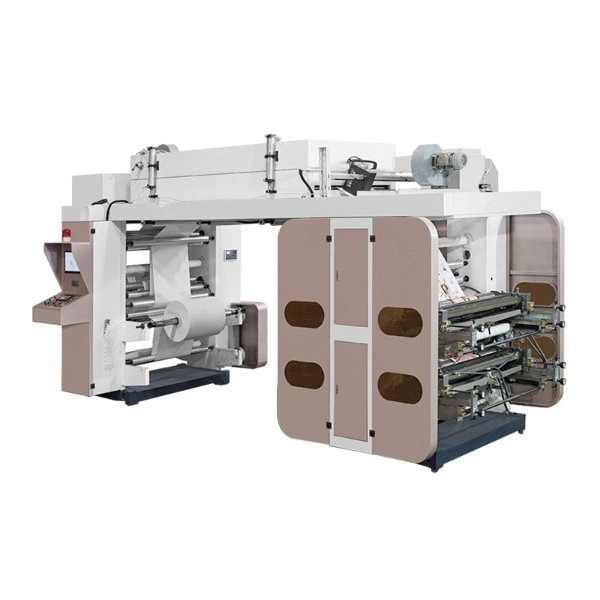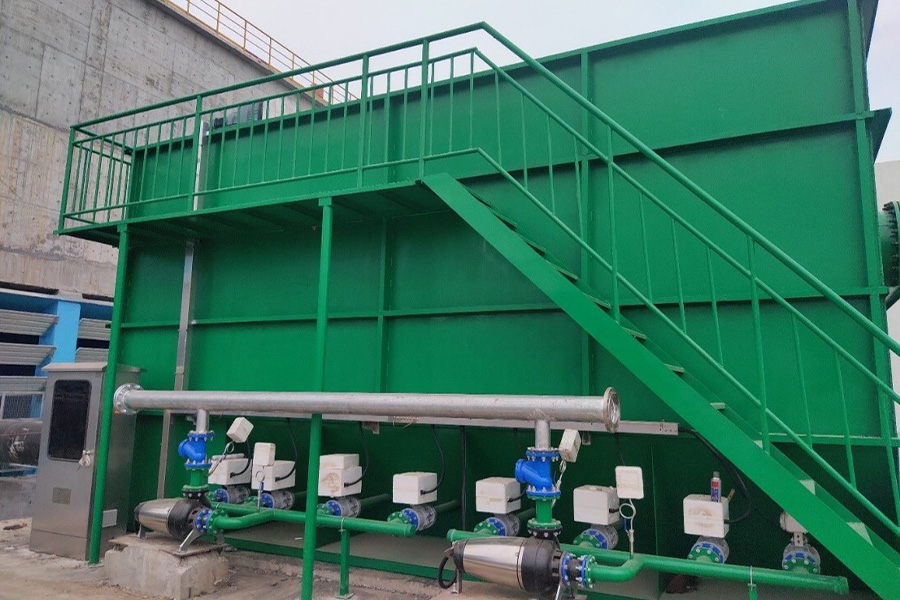In an era defined by rapid urbanization and environmental concerns, the quest for efficient personal transportation has never been more critical. As cities grow and populations swell, the need for sustainable, cost-effective, and time-efficient modes of transport is paramount. This article delves into the most efficient personal transportation options available today, evaluating their benefits, drawbacks, and suitability for various lifestyles.
Understanding Efficiency in Personal Transportation
Before we explore specific modes of transportation, it’s essential to define what we mean by efficiency. In the context of personal transportation, efficiency can be measured through several lenses:
- Energy Consumption: How much energy does a mode of transport use per mile or kilometer?
- Time Efficiency: How quickly can one reach their destination?
- Cost-Effectiveness: What are the upfront and ongoing costs associated with a mode of transport?
- Environmental Impact: What is the carbon footprint associated with its use?
The Rise of Electric Vehicles (EVs)
Electric vehicles have surged in popularity as a response to the need for sustainable transportation. EVs are powered by electricity stored in batteries, which can be charged at home or at public charging stations.
Advantages:
- Low Operating Costs: EVs typically have lower fuel costs compared to gasoline vehicles. The cost per mile is significantly reduced when using electricity.
- Environmental Benefits: EVs produce zero tailpipe emissions, making them an environmentally friendly choice, especially when charged using renewable energy sources.
- Technological Advancements: Modern EVs are equipped with advanced technology, including regenerative braking and smart navigation systems, enhancing the overall driving experience.
Challenges:
- Charging Infrastructure: While growing, the availability of charging stations can be a concern, particularly in rural areas.
- Initial Cost: The upfront cost of EVs can be higher than traditional vehicles, although government incentives can mitigate this.
Bicycles: The Timeless Solution
Bicycles have long been heralded as one of the most efficient forms of personal transportation. They offer a unique blend of health benefits, cost savings, and environmental friendliness.
Advantages:
- Health Benefits: Cycling promotes physical fitness and can significantly improve cardiovascular health.
- Cost-Effective: Bicycles have low maintenance costs and no fuel expenses, making them an economical choice.
- Traffic Navigation: Bicycles can maneuver through congested urban areas more easily than cars, often resulting in faster commutes.
Challenges:
- Weather Dependency: Cycling can be less appealing in inclement weather conditions.
- Safety Concerns: Cyclists are vulnerable on the road, necessitating the need for dedicated bike lanes and safety measures.
Public Transportation: A Collective Approach
Public transportation systems, including buses, trains, and subways, represent an efficient solution for urban commuting. They reduce the number of vehicles on the road, thereby decreasing traffic congestion and pollution.
Advantages:
- Cost Savings: Public transport is often more affordable than owning and maintaining a personal vehicle.
- Reduced Environmental Impact: By consolidating multiple passengers into a single vehicle, public transport significantly lowers per capita emissions.
- Accessibility: Many cities are expanding their public transport networks, making them more accessible to a broader population.
Challenges:
- Schedule Dependency: Commuters must adhere to fixed schedules, which may not align with their personal timelines.
- Overcrowding: In peak hours, public transport can become overcrowded, leading to discomfort and delays.
Emerging Technologies: E-Scooters and Ride-Sharing
The advent of e-scooters and ride-sharing services has introduced new dimensions to personal transportation. E-scooters provide a quick and convenient way to navigate short distances, while ride-sharing apps like Uber and Lyft offer flexibility and convenience.
Advantages:
- Convenience: E-scooters can be rented on-demand, making them ideal for short trips.
- Flexibility: Ride-sharing services eliminate the need for parking and can be more convenient than public transport for certain routes.
Challenges:
- Regulatory Issues: The rapid proliferation of e-scooters has led to regulatory challenges in many cities.
- Cost Variability: While ride-sharing can be convenient, costs can fluctuate based on demand, making it less predictable than other forms of transport.
Conclusion: Choosing the Right Solution for You
The most efficient personal transportation solution ultimately depends on individual circumstances, including location, budget, and lifestyle. For urban dwellers, a combination of bicycles, public transport, and e-scooters may offer the best balance of efficiency and convenience. For those living in suburban or rural areas, electric vehicles may provide the necessary range and comfort.




